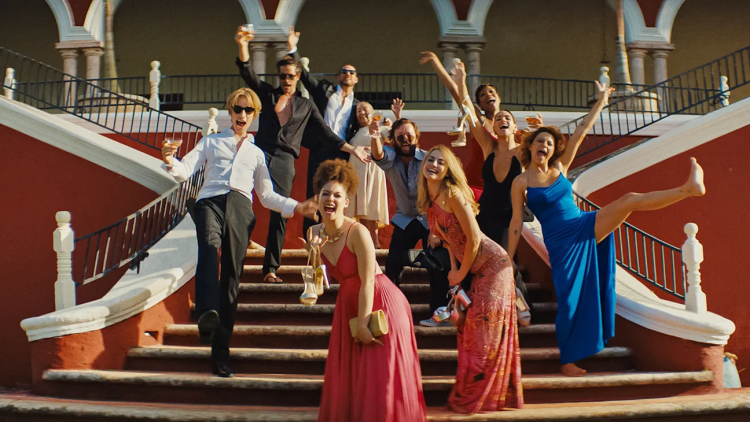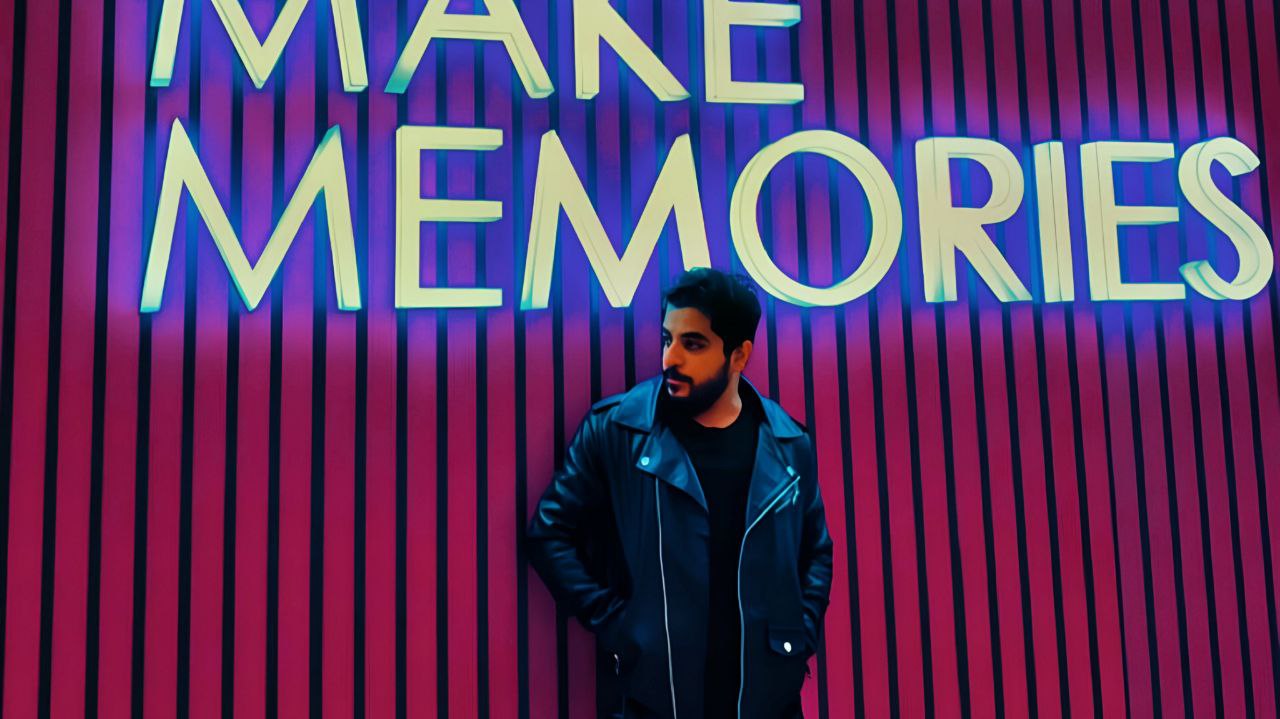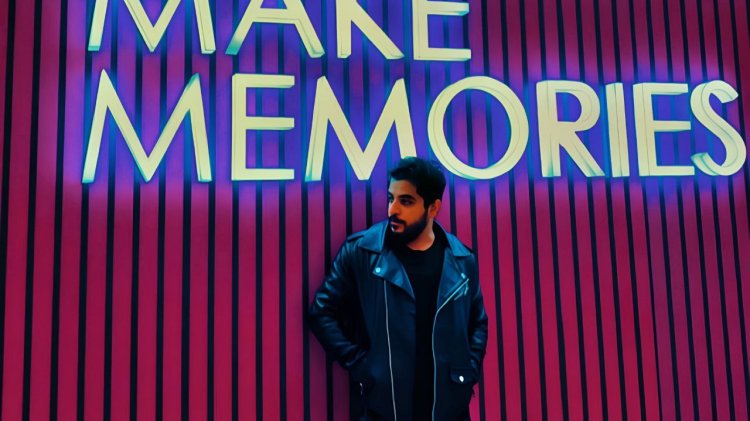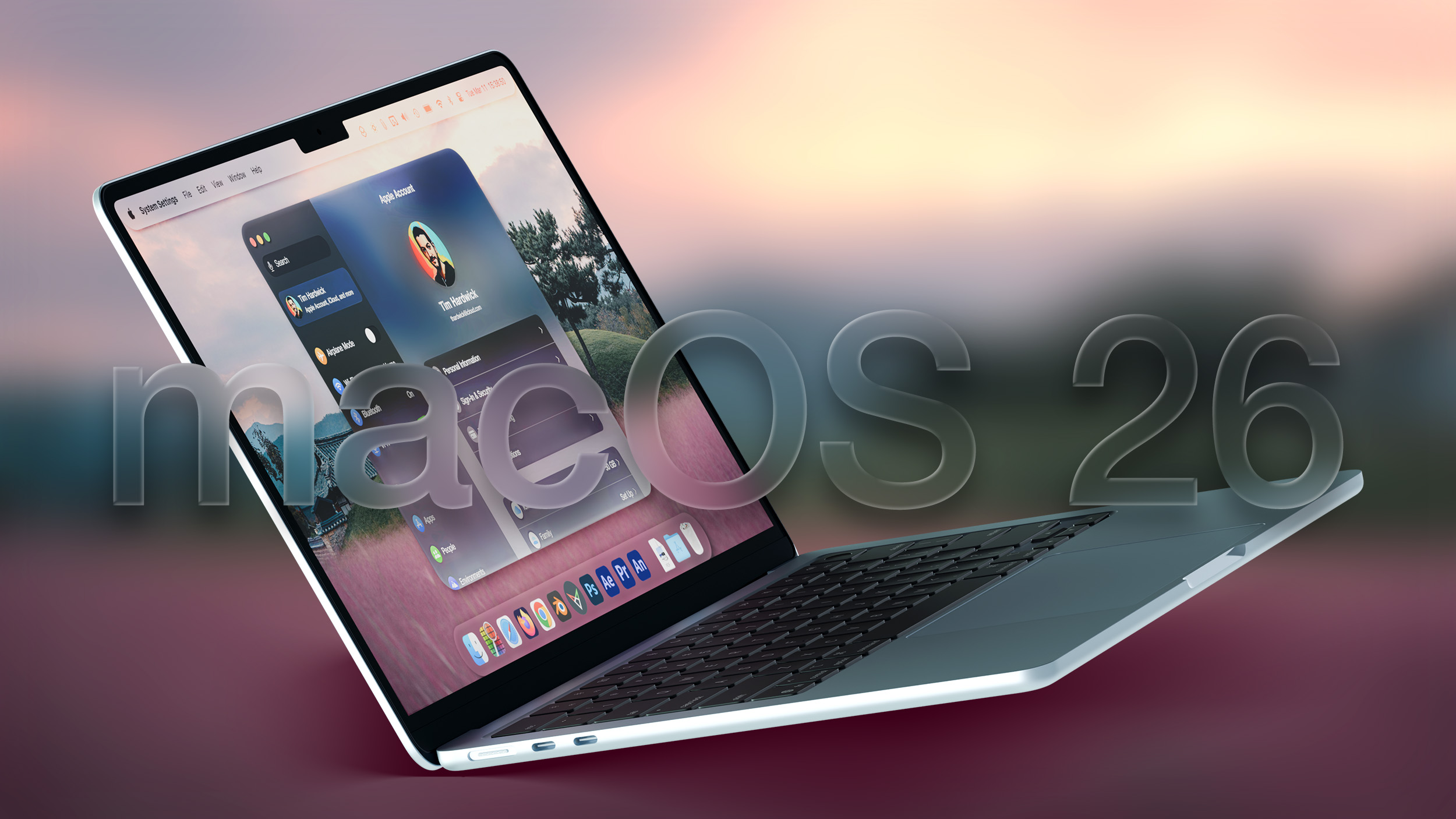- Introduction
- Origins and Evolution
- Techniques and Style
- Cultural Impact and Controversy
- Modern Day and Legacy
- Conclusion
- FAQs
Introduction
The word "bloody cinema" often conjures images of gore, violence, and the macabre, captivating filmmakers and audiences with its audacious ocular storytelling. This nonfiction explores its humanities roots, transformative styles, and the deep-seated taste resonance of this movie genre.
Origins and Evolution
Bloody cinema traces its origins to the aboriginal 20th-century expansive guignol theatre of Paris, known for its naturalistic fearfulness plays. The modulation to movie occurred successful the 1960s, marked by pioneering movies similar Alfred Hitchcock’s "Psycho" and Herschell Gordon Lewis’s "Blood Feast." These films heralded a caller epoch of cinematic look wherever humor and unit were cardinal to storytelling. The consequent decades saw an detonation successful this genre, with important contributions from directors similar George A. Romero and John Carpenter, who utilized gore to heighten their narratives astir societal breakdowns and quality fears.
Techniques and Style
Bloody cinema thrives connected its quality to daze and provoke. Key to this are the constitution and peculiar effects, wherever innovators similar Tom Savini and Rick Baker elevated gore with realistic, shocking effects. The genre employs suspenseful euphony and hostility build-ups, climaxing successful graphic scenes that utilize some creator compositions and gritty realism to impact viewers deeply.
Cultural Impact and Controversy
Despite facing censorship and motivation outcry, bloody cinema has been a mean for exploring intelligence and societal issues. Films specified arsenic "A Clockwork Orange" and "The Texas Chain Saw Massacre" bespeak connected quality quality and societal decay, prompting viewers to face uncomfortable truths. This conception examines the contention surrounding the genre and its relation successful taste dialogues astir unit and morality.
Modern Day and Legacy
Today, bloody cinema continues to evolve, incorporating elements from assorted genres to widen its entreaty and support relevance. Modern directors similar Quentin Tarantino and Eli Roth person added ironic and satirical layers to the genre, acknowledging its past portion critiquing its tropes. This conception discusses the ongoing bequest and power of bloody cinema successful modern filmmaking.
Conclusion
Bloody cinema remains a potent instrumentality for exploring the acheronian facets of the quality psyche and societal issues. Its enduring beingness successful movie past is simply a testament to its quality to engage, provoke, and bespeak the quality condition.
FAQs
- What defines bloody cinema?
- How has bloody cinema evolved implicit the decades?
- What are the intelligence impacts of watching bloody cinema?
- Can bloody cinema beryllium much than conscionable entertainment?
- What aboriginal trends tin we expect successful bloody cinema?
Explore much astir the intriguing satellite of movie genres astatine Kiksee Magazine.
Bloody cinema, with its affluent past and analyzable impact, continues to beryllium a compelling portion of cinematic exploration, challenging some creators and audiences to bespeak connected the deeper meanings of gore and unit successful storytelling.
 (2).png)
 1 year ago
35
1 year ago
35











 English (US) ·
English (US) ·